Note: This is the first in what will be regular instalments of pilgrimage reflections that will take me this year from Assisi and Rome to Corinth and Athens, ancient sites in Wales, and a long journey by foot along the Via Jacobi in Switzerland.
The Unexpected Pilgrimage
I didn’t go to Assisi expecting to be moved. And if you’d asked me before I left, I would never have claimed any special devotion to St Francis. I certainly didn’t go as a pilgrim.
It’s not that I disliked Francis—far from it. His simplicity, love for creation, and devotion to Christ are compelling. But the popular version—bird-whisperer and patron of sentimental ecology—has always felt a bit too Disney. Add to that my Protestant dislike of Baroque Catholic shrines and you’ll see why I arrived with my theological guard halfway up.
I was there with the Anglican Communion delegation to the Nicaea Centenary & Creation Day: 2nd Ecumenical Conference on the New Liturgical Feast. It wasn’t something I’d planned. The invitation came in March, and the decision to go was as unexpected as the event itself. I arrived off the back of Holy Week, my first bout of Covid, and the fallout from a pastoral crisis. I wasn’t quite sure what the working group entailed, or why I was there at all.
But what began as a work trip gradually turned into something more—a kind of pilgrimage I only recognised slowly, as the days unfolded.
Encounter and Ascent
On my first day in Assisi, determined to make the most of my only free day, I set out early—fresh from Mass in the Basilica of St Francis—to climb Mount Subasio, the peak so closely tied to Francis’ story. The 3,200-foot ascent was relentless, the descent even worse, with loose white rocks slipping underfoot. But the views were breath-taking: rolling Umbrian hills and distant, snow-capped Apennines under a wide blue sky. There was something about the raw beauty, the solitude, the effort. It began to undo my guardedness. I hadn’t come to Assisi seeking anything, but I felt the place itself beginning to work on my heart. Those who’ve read my Pilgrimage of Paradoxes will know how susceptible I am to historical landscapes—they’re my holy shrines.
Later, legs aching but feeling content, I joined other delegates for a private tour of San Damiano, the small church where Francis heard Christ’s call to rebuild the Church. We sat in the garden where he composed the Canticle of the Creatures, heard its history, then listened to it sung in Italian. We ended the afternoon walking prayerfully back up to Assisi, stopping by the Basilica of St Clare and the courtyard where Francis renounced wealth and embraced poverty.
It was then that I began to sense something of the saint, not in the soft-focus stories but in the places that had felt the press of his calloused feet. I hadn’t realised it before, but the landscape was the key. To begin to know Francis, I had to be there: on that mountain, in that garden, walking those roads.
The Feast of the Creator
The basis for the conference was a bold idea: to establish a new major feast day in the Church calendar that honours God as Creator through the person of Christ, both source and goal of creation. While many churches already observe a “Season of Creation” beginning on September 1st (the Orthodox New Year), this proposal aimed higher: a fixed, ecumenically shared feast rooted in the first line of the Creed—“God the Father, creator of heaven and earth.” The hope was to ground this celebration not in abstract concern for the environment, but in the worship of the Triune God who made and loves all things.
The conference was filled with rich discussion: talks, panels, breakout groups, and spirited plenary sessions. As part of the Anglican delegation, I gave a short reflection toward the end. I spoke of worship’s true focus—God—and of the need for creation theology to be rooted in Scripture, not sentiment. Creation isn’t just beautiful or useful; it’s Christ’s. All things were made through him and hold together in him.
I shared George Herbert’s image of humanity as “secretary of praise,” giving voice to creation’s unspoken worship. I ended with the image of Christ the Gardener—how Mary mistook the risen Jesus for a groundskeeper on Easter morning. That picture lingers: Christ tending the world and calling us to do likewise.
What stayed with me most, though, wasn’t just the ideas, but the people with whom I shared them. A Coptic monk living in the Egyptian desert whose faith had been renewed at Holy Trinity Brompton. A Middle Eastern priest who spoke of the challenges Christians face in his homeland. An Orthodox bishop based in Italy with whom I shared a long appreciative conversation about St Anthony over breakfast. A Salvation Army major whose sense of humour brightened dinner one evening. A young Black South African Anglo-Catholic with whom I shared some irreverent banter.
We broke bread together. We prayed in Greek, Coptic, Aramaic, along with a range of European languages. We laughed. We debated. But above all, we delighted in each other. By the final day of the conference, I found myself moved by the fellowship in ways I hadn’t anticipated. I found myself thinking that this gathering, this global ecumenical tapestry of persons and traditions, was a kind of Pentecost: a foretaste of the kingdom.
Not everything was easy. As we moved from theology to implementation, disagreements emerged. Some delegates leaned heavily into ecological activism, while others (myself included) pressed for a liturgical focus on God himself. But by and large, the tension was productive. And so, I give thanks for the grace of the conversation. And for the spiritual delight that came from being in such diverse and holy company.
The morning after its conclusion, I wandered once more through the streets of Assisi, stopping to pray before the cross of San Damiano in St Clare’s basilica. I hadn’t expected to be so moved by Francis, or by Assisi, or by this gathering. But I was. In a world so frayed by division, three days of joyful, global Christian fellowship was a gift I’ll long cherish. Some participants called it a Kairos moment; to me, it was a reminder that Pentecost still unfolds among us.
Little did I know, the real drama of Pentecost was still to come.
Assisi to Rome
My pilgrimage continued. With nine others, I travelled to Rome to work on drawing from the conference to begin the process of crafting Statement of Intent – a document to be signed by major church leaders, including the Pope and Ecumenical Patriarch, encouraging adoption of the new feast honouring God as Creator. We stayed in a peaceful convent in Trastevere, a serene and leafy place, and after beginning with prayer and reflection in its garden, settled down to work.
An hour in, a strange noise rose from the streets. A hum, a swelling buzz. One of us had a livestream open to the Vatican’s chimney. “White smoke!” he suddenly shouted. In a flash, we were out the door and swept up into a great flood of people streaming toward St Peter’s Square. The air was electric. The seriousness of our theological work gave way to childlike giddiness.
Once through security, we were swept into a crowd that was fast turning into a jubilant sea. Young people from around the world packed the square, singing and chanting “Viva il Papa!” Monks and nuns of every background laughed and chatted in a chorus of languages, more like kids on holiday than cloistered religious. A young man stood high on a plinth, waving a Texan flag; a mother held her baby above the crowds. Then the cardinal appeared on the balcony. “Habemus Papam!” he declared. The square roared. Leo XIV. The first American pope. The moment was euphoric—history unfolding before our eyes.
I’m Anglican. But in that moment, I found myself almost brought to tears. Moved by the sense of history, by the great sea of jubilant young men and women, by the Pentecostal moment, by the Spirit that hovered, somehow, over it all. Later, back in the stillness of the convent that night, I lay awake long into the night, my heart full, my mind racing. I prayed for the new Pope, for the Church he would lead, and for my Catholic brothers and sisters who were placing so much hope in him. It wasn’t a night made for sleeping.
A Shared Work
The day that followed was full of hard work. We were all running on little sleep, still buzzing from the events of the day before, but there was a intent focus to the group. Despite our differing theological traditions—Catholic, Orthodox, Anglican, and Evangelical—we quickly found a shared rhythm. Perhaps it was the grace of that shared Pentecostal moment in the square, but something knit us together. Ideas sparked off one another with surprising ease. We listened. We laughed. We disagreed gently. No one voice dominated. The process felt like an embodiment of the feast we were proposing: a collective affirmation that creation isn’t a peripheral concern but central to our worship, and that diversity—ecclesial, cultural, theological—is itself an immensely valuable gift.
There was a sense, however fleeting, of the Church as it might be: not a battleground of ideologies or a museum of uniformity, but a reconciled communion of difference, gathered around the Creator. In our conversations, I glimpsed a unity forged not by sameness but by shared reverence, by the conviction that creation sings, and that our calling is to join that song with wonder, humility, and praise. It was, in its way, a kind of liturgy.
The Forum and the Saint
On my final morning in Rome, I rose early and walked along the Tiber toward the ancient heart of the city. The streets were still quiet, washed in that amazing, golden Roman light. I stood under the Arch of Constantine and circled slowly around the Coliseum, before wandering along the perimeter of the ruins of the Roman Forum. I lingered there, unhurried, taking in the broken columns and scattered stones of what was once the centre of the world.
As I stood there, I thought of my younger self and how astonished he would have been. So much of my imagination had been shaped by this place: through school Latin, theological study, Church history, and the writings of the early Fathers. Rome has long haunted my inner landscape. This wasn’t a shrine, like Assisi, but it felt sacred in a different way—a place that confronts you with the grandeur of human ambition and the certainty of its fall. Nowhere else speaks sic transit gloria quite so powerfully.
And still, even there, my thoughts turned again to Francis, only this time through Pope Leo XIV. In choosing his name, he signalled a lineage back to Leo XIII, whose encyclical Rerum Novarum marked the birth of modern Catholic social teaching. What Catholicism holds better than we often do in Protestantism is the indivisibility of care for creation and care for the poor. Francis embodied that unity. Not a Romantic sentimentalism or a sanitized charity, but a deep solidarity with both the land and the lowly.
To honour creation, Francis chose poverty. He gave his “brother” and “sister” creatures—and the forgotten poor—the one gift we cannot possess or bestow: dignity. A dignity that comes not from us, but from God. A dignity that, in the end, we can only receive as blessing.
The Road Ahead
I still find the cult of Francis a little too sentimental (I remain partial to his more systematic successor, St Bonaventure). But I can no longer dismiss him. I stood in his town. I climbed his mountain. I prayed in the garden where he sang to Brother Sun and Sister Moon. And in those places—worn by his feet, hallowed by his joy—I encountered not just a saint, but a witness. One who embraced radical poverty, stripped himself of every illusion, and still found the words to praise.
I also return with a clearer sense of our human vocation: to be, in George Herbert’s words, “secretaries of praise”—those who give voice to creation’s wonder, offering it back to the God who spun it into being in love. We do that in worship, yes, but also in justice, in delight, and in care.
And I carry with me the memory of voices joined in prayer across language and tradition, across time and place. A Pentecost moment. A sign that the Spirit still moves. That the miracle is not done with us yet, even in these troubled times.


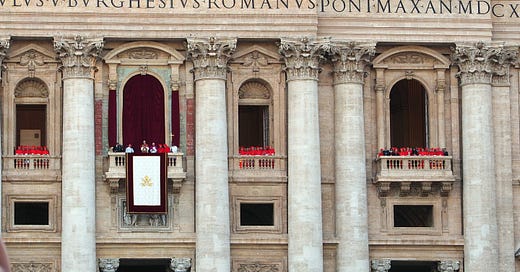


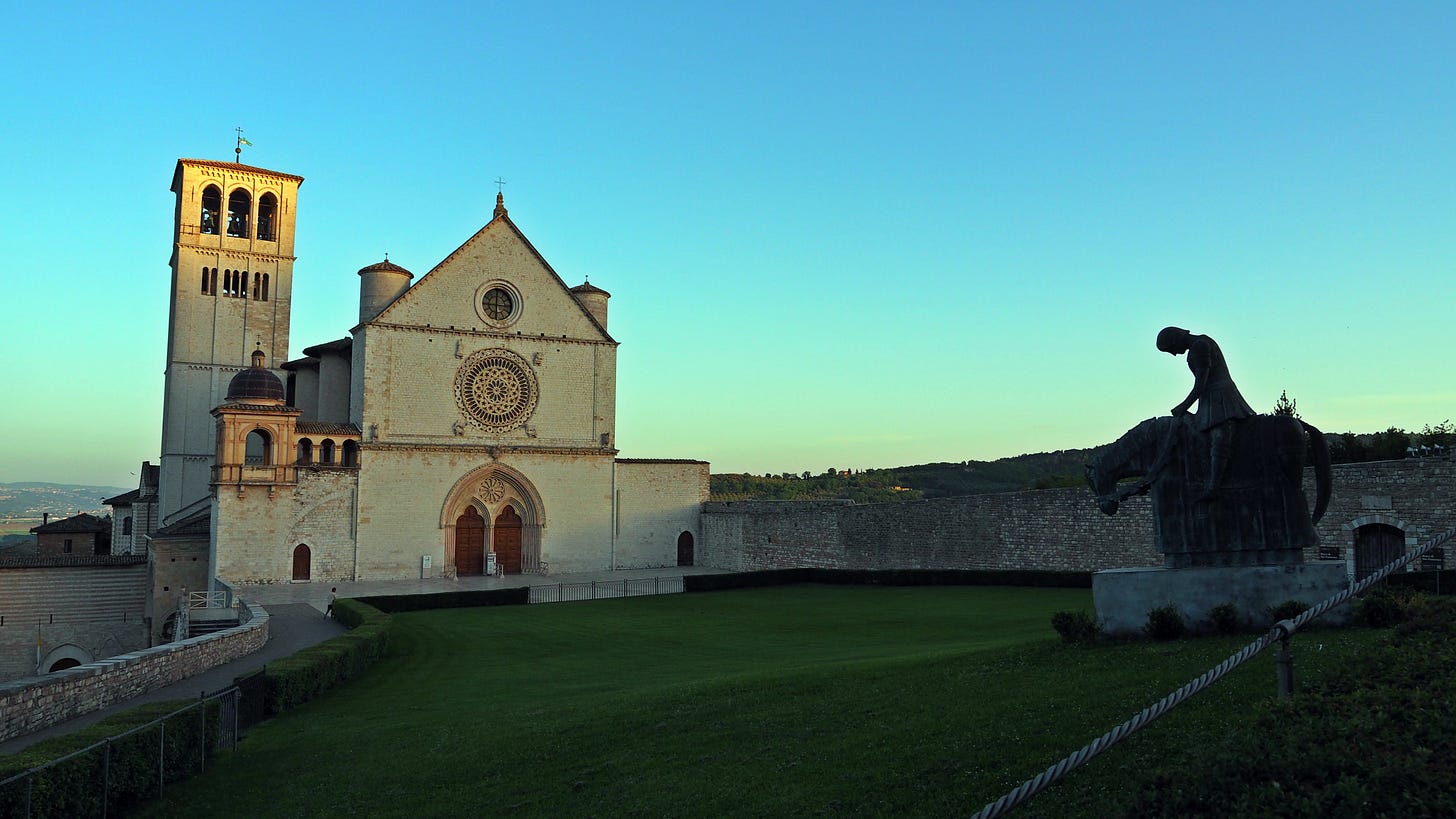
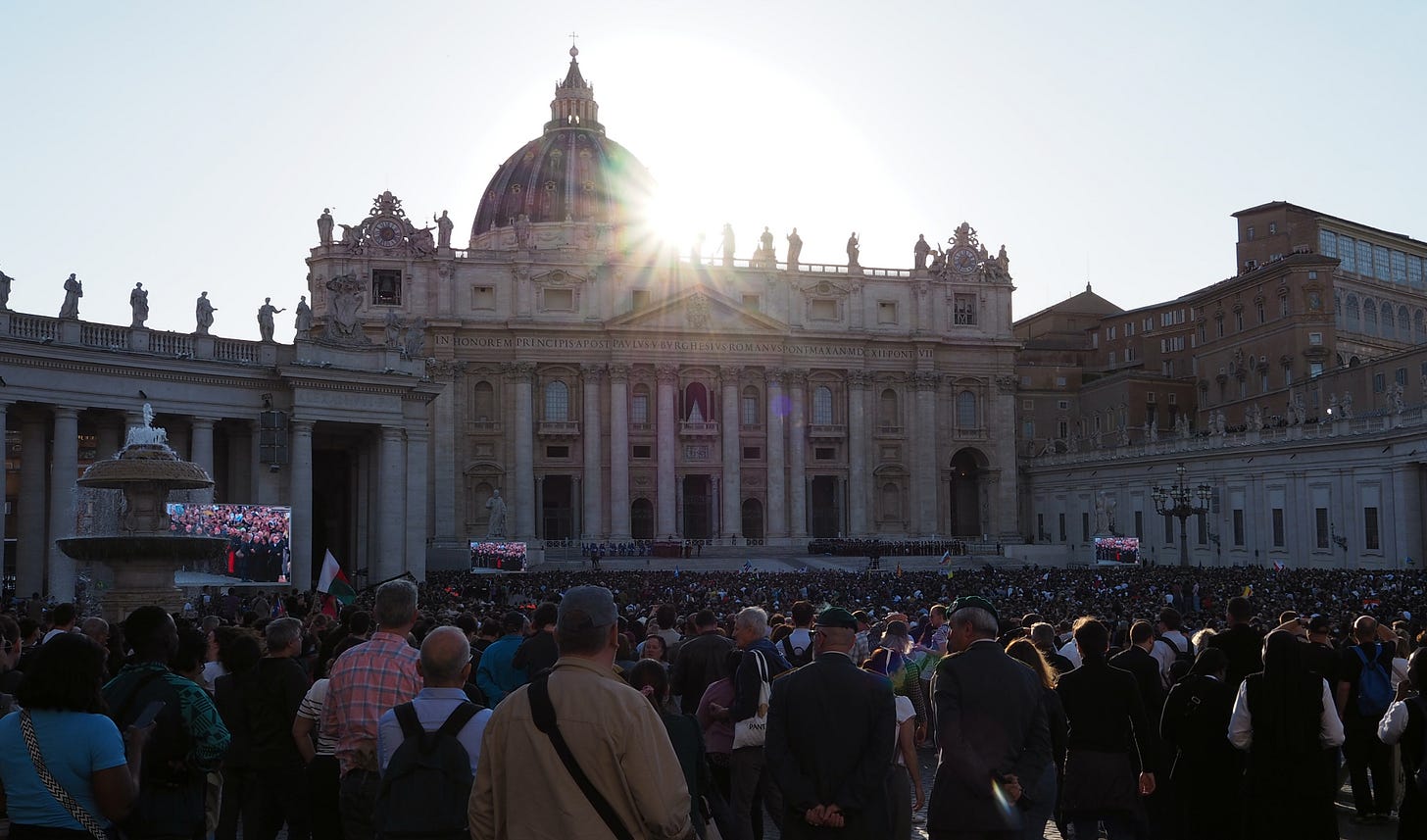
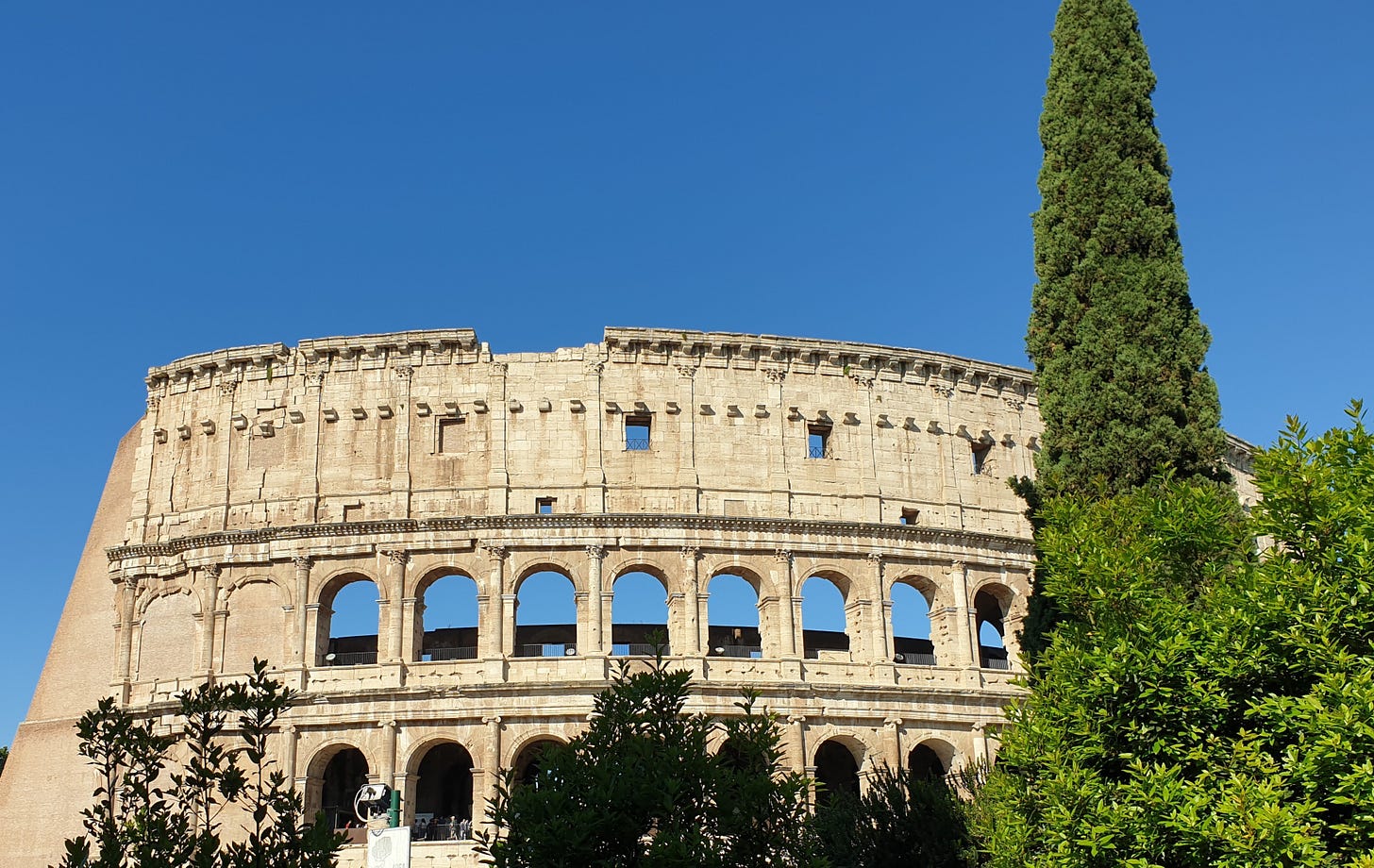
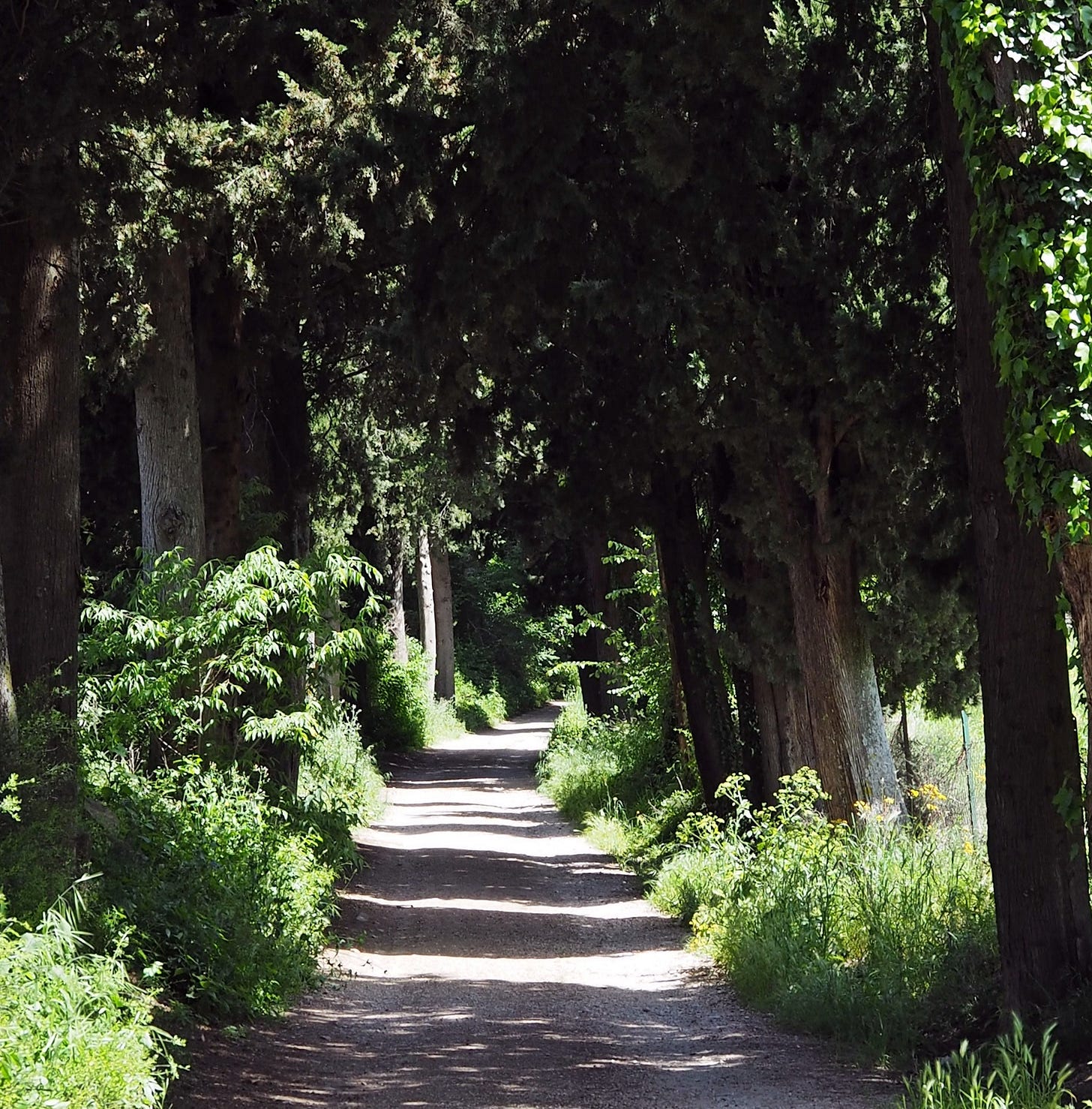
Thank you Mark. Precious and beautiful moment in the presence of the Holy Spirit. I was right there with you. Judy (Wright)
Excellent article, Mark! It felt as if I was there with you beside me. The spirit of Pentecost is indeed still among us! Br Bernard+